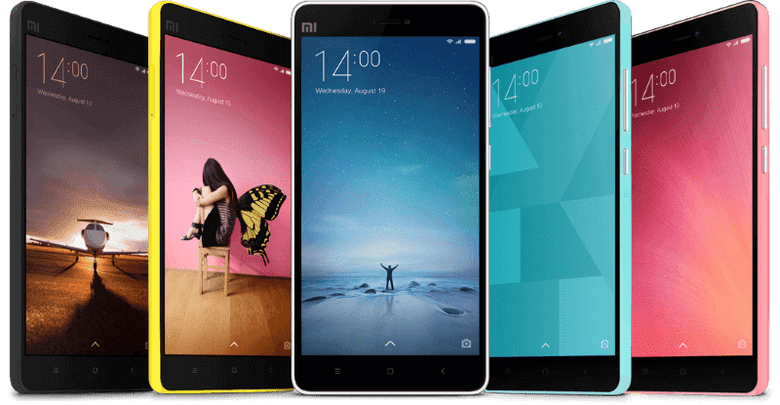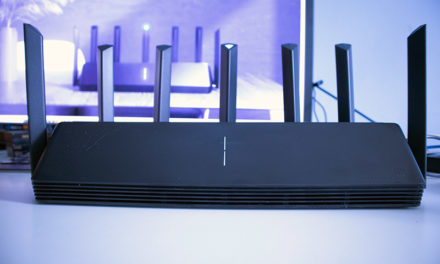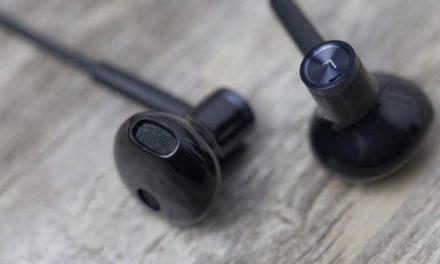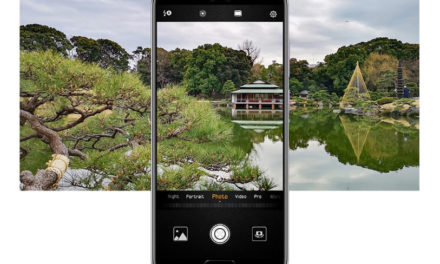
10 tips on how to choose the perfect Xiaomi smartphone for you

When shopping for a phone, especially if we looked at an expensive device, we can fail a lot, but if we buy wisely, we can do very well!

There is no doubt that smartphones have become an integral part of our daily lives. We always have our phone at our fingertips, at our desk next to us when we are at work, but often even in the restaurant, about which of course we have our own opinion. We are simply no longer able to spend more than a few hours without our phone.
However, this passion can be traced back to different reasons for each user. There are those who indulge in camera specifications, some who have the ability to play, but also those who care about having a long run time. We are many, many different.

The Chinese giant, Xiaomi, is a company that has a selection of smartphones from which any of us can choose the device that suits you or your needs. There are expensive high-end devices with a huge display, but there are also entry-level solutions with a friendly price tag. If you want to buy the phone that is perfect for you, you can look at the offer for a long time, and even then you are not sure that you will choose the best one. Today, we’re giving you 10 tips to make your next Xiaomi phone the one you dreamed of, to suit you or your elderly parents, or even your child if you buy for him. Our suggestions cover everything you need to know before you buy a Xiaomi smartphone. It will cover the operating system, budget, camera specifications, screen size, and processor. Read this article carefully and you will not make a mistake when buying a Xiaomi smartphone.
contents show
1. Buy at the right time
It is very common that new phones from smartphone manufacturers are not much different from their predecessors. Devices that look similar in many cases really differ only minimally from each other, many times not even the central unit changes. A good example of this is the Xiaomi Note 4 and Xiaomi Redmi 5, where essentially only the aspect ratio of the display has changed, the main components of the phone have not changed.
When the manufacturer launches a new phone on the market, the price of the old one starts to drop, even though its capabilities are not inferior to the new one. If we do not strive to always have the latest phone, then try to time the purchase for the time of the generation change, so that we can buy the "old" model at a much more favorable price.
As another example, consider the case of Xiaomi MIX 2 and MIX 2S. The two phones have a similar look, the last year's Snapdragon top processor works in the latter, the latter, so we can say that we will not lack power in either case. The price of the MIX 2 was over $ 500 at the time of its launch, barely half a year ago, but now that the release of the MIX 2S is approaching, the price has dropped by nearly $ 100. In other words, if you want a modern, powerful phone that will last for many years, you may want to consider buying the Xiaomi Mi MIX 2 now.

2. Old hardware is not always "crappy"
There are plenty of people who believe that the latest phone will also be obsolete in a year. We can't suggest anything else to them, buy the latest one, we'll buy from them in a year's time the barely used still perfect device at half price.
However, those who don’t think their new phone will be trashed in a year will want to take a look at the phone’s specifications and will find that in many cases even the manufacturer doesn’t think last year’s hardware would be crappy. There is the case of Note 4 and Redmi 5 mentioned in the previous point, where both the central unit A and the amount of memory remained unchanged.
Not to mention that the processors don’t rust in. The Xiaomi Note 2 is a beautiful phone, and it features a Snapdragon 821 chip that still has enough power to this day, even though the phone is well beyond the one-year model cycle.
So the bottom line is, look online for what your device looks like and don’t be alarmed that it wasn’t launched last month. A newly purchased one and a half year old mobile will serve you for years to come without error.

3. The processor is not so important
Don’t think that just the latest top processor will be enough for you. A mid-range Snapdragon 660 also features quite a bull processor. This unit, the central chip found in both the Xiaomi Redmi Note 5 and the Xiaomi Mi Note 3, will be enough for almost anything, you need to spend many tens of thousands more, just to say your phone is powered by the most powerful mobile CPU.
However, if you’re a serious gamer (we don’t really know what a serious phone gamer is), you’ll be reluctant to look for a Snapdragon 835 or 845 with the right processor and graphics accelerator.

4. Pay attention to the screen size
If you like to use your phone with one hand but your palms are small or your fingers are short, it doesn’t matter what phone you buy. The 5,5-inch may not be better than a 6-inch because the new phones have not been wider due to the different aspect ratio. Still, with a small hand, you might want to consider buying an older device, around a year old, that has a smaller display.
However, if you watch a lot of videos or like to share your phone screen between multiple applications, you will be forced to buy a phone with a narrower display and a higher resolution. In this case, be sure to look for a 6-inch FHD + resolution device! As we wrote above, thanks to the 16: 9 aspect ratio instead of 18: 9, the six-inch phones are also transparent, but with these we will have a hard time reaching the top of the screen with just one hand.

5. The number of megapixels in the camera is not so important
Most smartphone buyers are misled by the number of megapixels of cameras, though that’s not the most important consideration when looking for a phone with a good camera.
Take the Xiaomi Mi 6 as an example, which currently has the best camera among Xiaomi phones. There are two cameras on the back of this phone, but they are "only" 12 megapixels. This is not an exceptionally high value, but the other capabilities of the cameras more than compensate us, ones that have a much higher priority than the number of megapixels. These are, for example, the advanced image stabilizer and the aperture value of the optics.
Of the Xiaomi Mi 6's two cameras, the first has an f / 1.8 aperture, a 27 nm, 1 / 2,9 ”sensor, a 1,25 μm pixel size, and a 4-axis stabilizer, while the second has an aperture of f / 2.6, a pixel size and 1 μm. The two cameras work together to take great pictures, plus they have twice the optical zoom. Looking at the Xiaomi A1, we find a similar camera layout and also 12 megapixel cameras, but their other values lag behind the Mi 6’s camera. That is, at first glance, the same camera solution is not the same.
6. Factory Android or MIUI
Until recently, Xiaomi fans had no other option but to use the MIUI operating system, because every Xiaomi smartphone was equipped with it by the manufacturer. However, this changed with the arrival of the Xiaomi Mi A1, which uses the "factory" Android and receives the latest Android bug fixes and updates in seconds. However, this "factory" Android does not include functions used by MIUI, such as split screen, speed dial or game acceleration. In other words, if it is more important for you to always have the latest Android on your phone, then stay with the "factory" Android, if you want to enjoy the comfort of MIUI, which is certainly at the expense of updates, then stay with a device that uses such a system.

7. Don’t pay more than you need
Xiaomi’s flagships like the Mi MIX 2 and Mi 6 are amazing handsets, but if you buy a Xiaomi phone you’ll see that their mid-range phones give you the same premium feel we simply call the Xiaomi feel of life. You don't have to buy the most expensive phone for this, you can enjoy the wonderful world of Xiaomi for much less, for under $ 200.
8. Observe battery life (preferably with fast charging)
A larger display consumes more, a faster processor, a higher clock speed can also degrade battery life. Therefore, pay attention to the battery life of your phone and check the available operating time. One of Xiaomi's most popular phones, the Redmi 4X with its small screen size and Snapdragon 625 headunit, for example, has much better battery life than the much more powerful and advanced Xiaomi Mi MIX 2. However, the latter also has a Type-C connector and quick charge, that is, if we get close to an electrical outlet, we can charge the phone and make it usable again much faster.
9. The storage capacity should not be less than 32 GB
The fact is that Xiaomi offers a phone with a capacity of 16 GB, even for newer handsets. Nowadays, however, better and better cameras have made it possible for us to replace a compact camera with our phone, thus storing more and more and larger files on the device. Not to mention that the programs we use will get bigger with each version upgrade, so we’ll run out of 16GB quickly. If you do buy a 16 GB phone, at least make sure you can use a memory card.
10. Memory is never enough
Last year we would have told you not to buy a phone under 2GB, today we tend to say if you have the option, look for a device that has 3GB of RAM. Phones have more and more features, we have more and more programs installed on them and we want to run them at the same time. This results in us quickly running out of available memory.
We recommend that you buy a phone with 3 GB or more of memory if you can afford it. Most cheap Xiaomi mobiles come in a 2GB version in addition to the 3GB package, so you’d rather spend a little more and buy these.
















